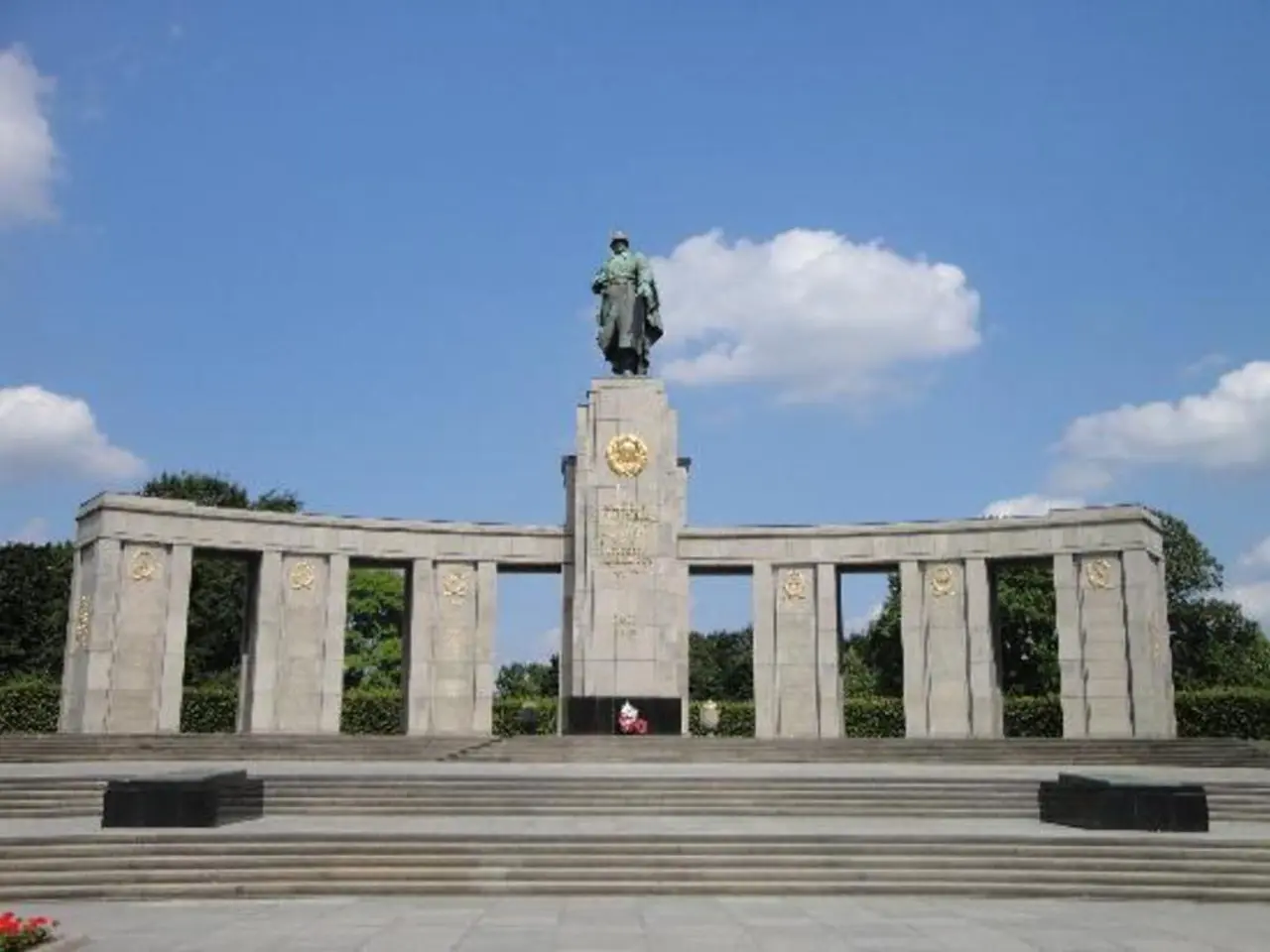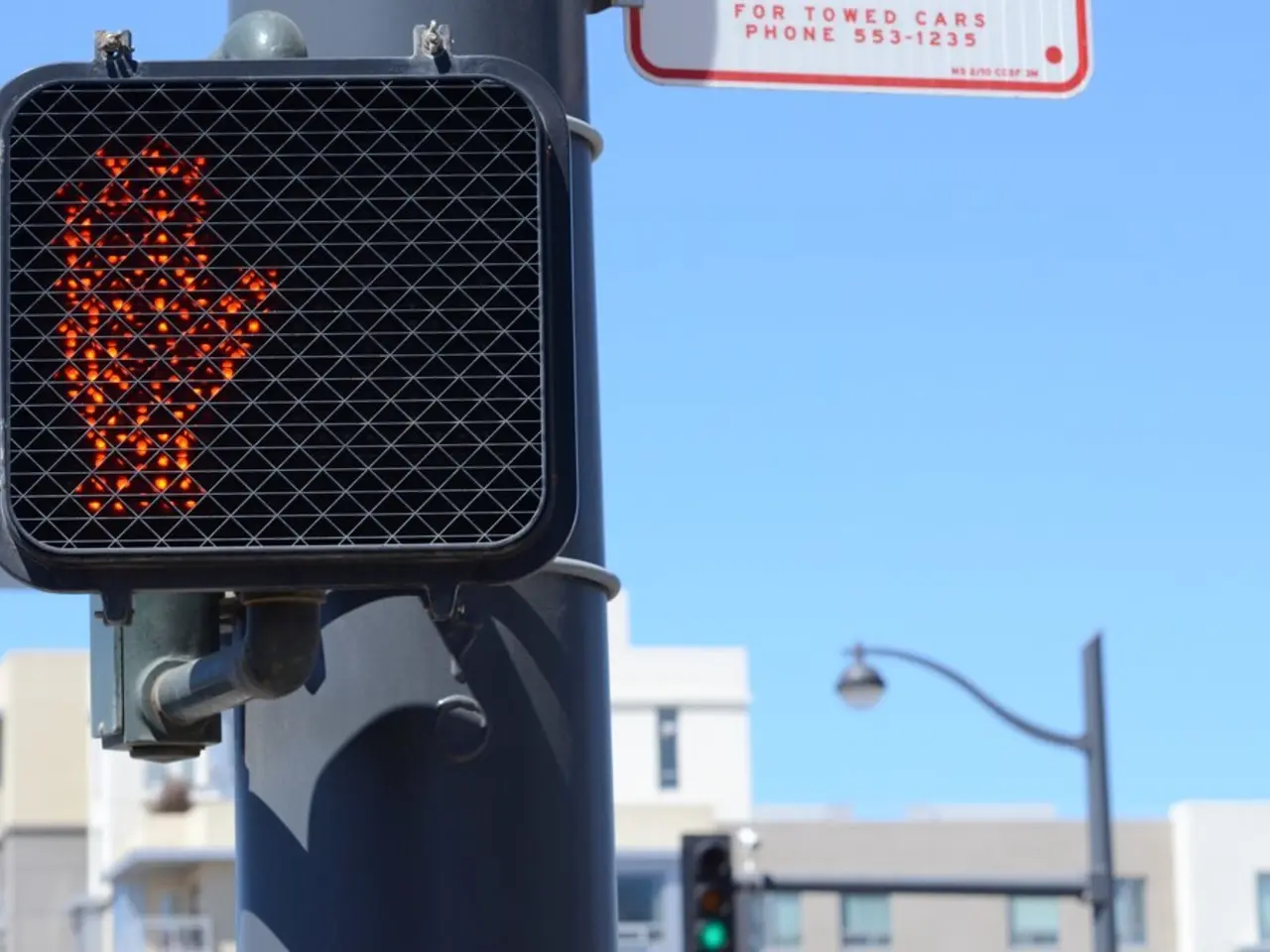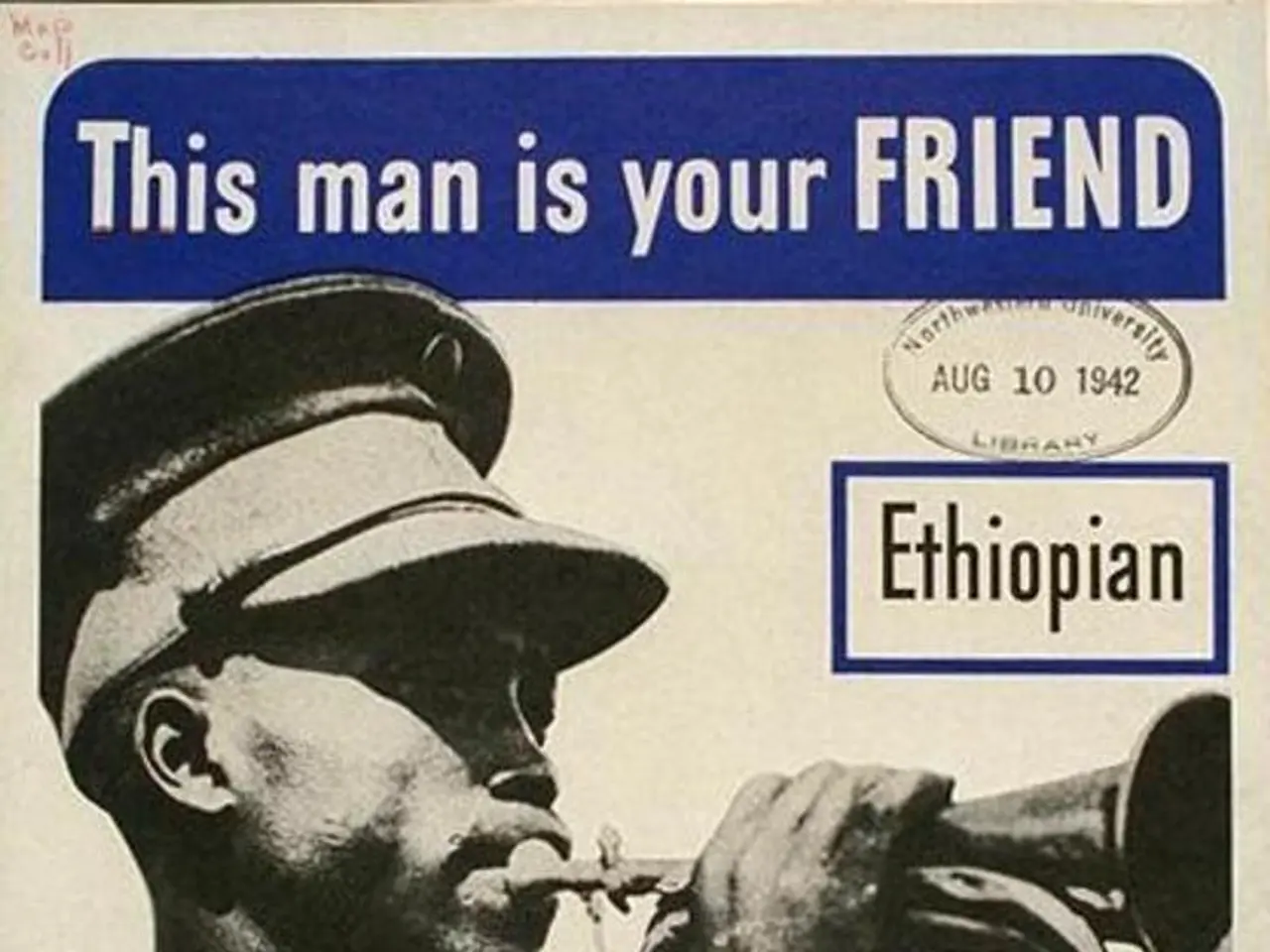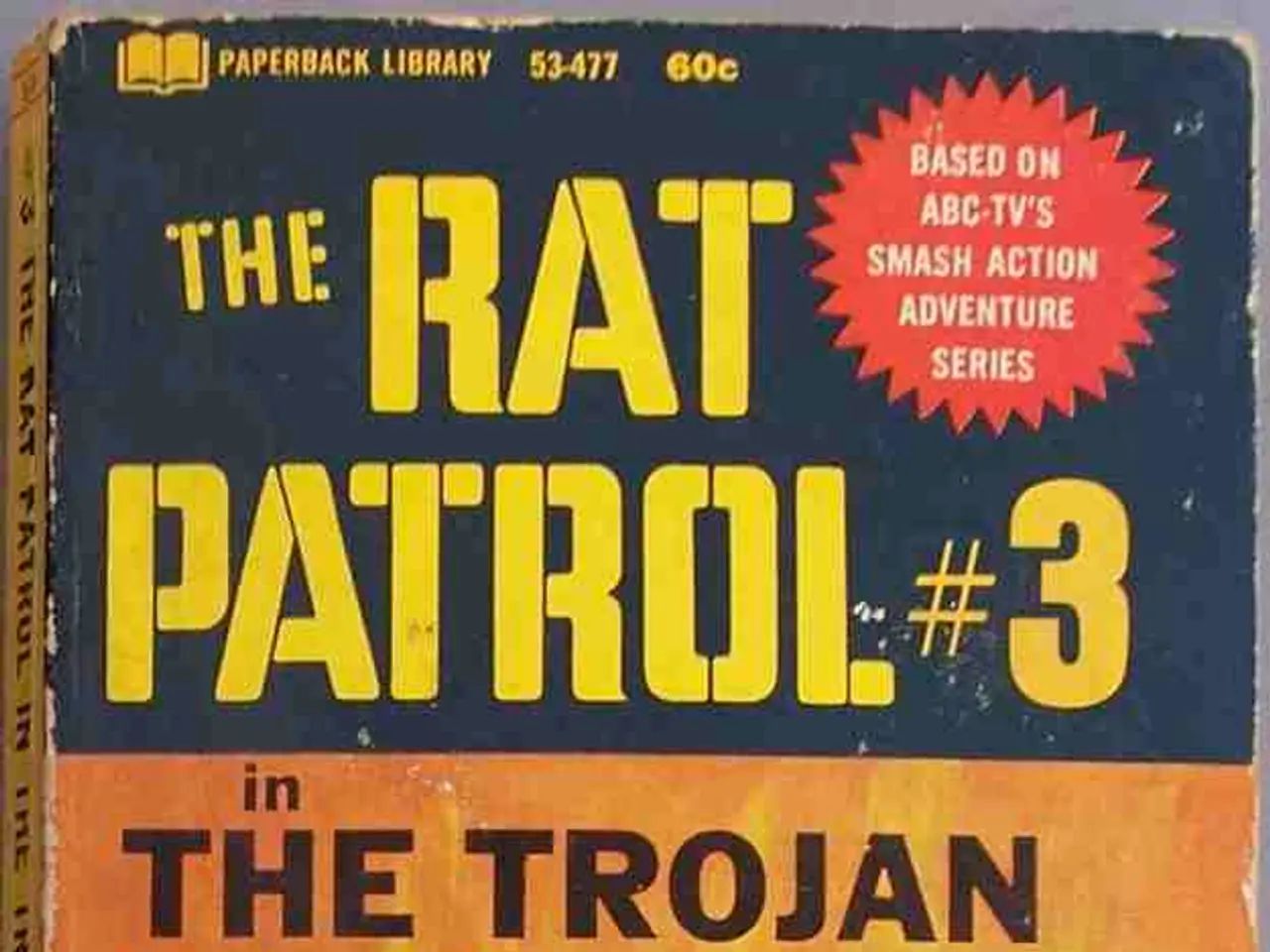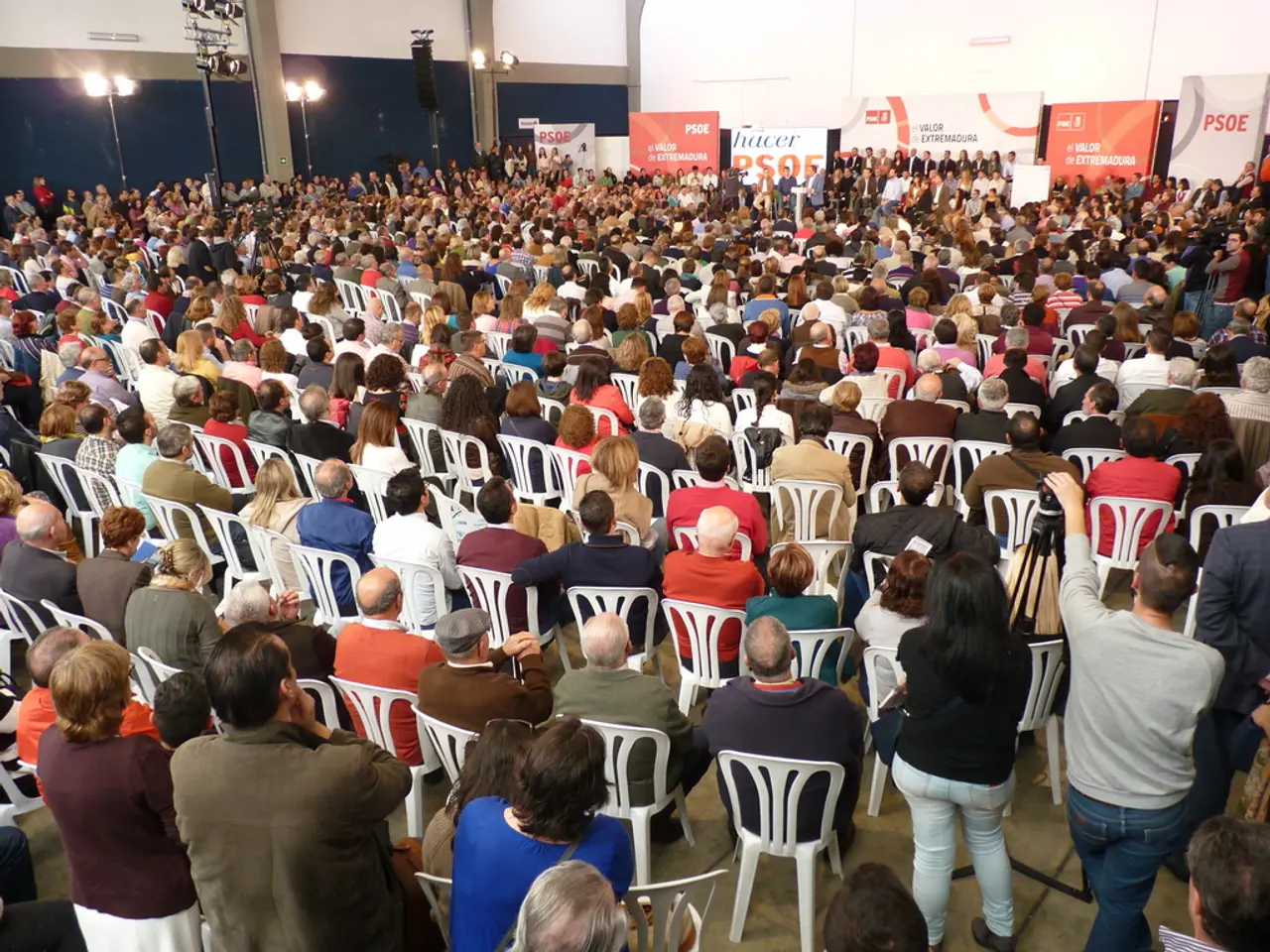Supreme Leader of Iran makes initial public showing since the commencement of Iran-Israel conflict
Ayatollah Ali Khamenei, the Supreme Leader of Iran, attended a mourning ceremony in Tehran, Iran on July 5, as his office released a photograph showing him waving during the event. The ceremony took place amidst ongoing tensions between Iran and the United States, with Khamenei maintaining a cautious stance on potential meetings and unconditional demands.
In recent months, Khamenei has expressed readiness for indirect nuclear negotiations through intermediaries, rather than direct talks with the U.S. government. However, he has consistently rejected any notion of surrender or unconditional peace with the U.S., emphasizing that Iran will not submit to imposed war or peace.
Initially, Khamenei did not acknowledge a letter from then-President Donald Trump in early 2025 that proposed nuclear negotiations with threats of military consequences if Iran refused. However, after advisors warned that the threat of war and economic crisis could destabilize the regime, Khamenei's position shifted slightly to express readiness for indirect nuclear negotiations.
Despite this willingness to engage indirectly on nuclear issues, Khamenei has continued to issue warnings and threats against the U.S., showing no readiness for direct diplomatic engagement. In public statements as recently as June 2025, Khamenei delivered strong warnings against future U.S. attacks, characterizing Iranian strikes on U.S. targets as a "slap to America’s face" and dismissing U.S. claims of significant damage to Iran’s nuclear program.
The ceremony in Tehran on July 5 marked a moment of sombre reflection for the Iranian leader, who was photographed during the event waving to the crowd. The location of the ceremony was not specified in the context of the political tensions between Iran and the U.S., but it served as a reminder of the complex and sensitive nature of the ongoing negotiations.
Khamenei's stance on U.S. talks reflects a position that is cautiously open to indirect talks but firmly opposed to direct meetings or yielding to U.S. demands on Iran's terms. As the negotiations continue, it remains to be seen how this stance will evolve and whether direct diplomatic engagement will become a possibility.
Amidst the ongoing international defense tensions between Iran and the United States, the Supreme Leader of Iran, Ayatollah Ali Khamenei, demonstrated his stance through political maneuvers and general news statements. For instance, he has expressed readiness for indirect nuclear negotiations with the U.S., but has consistently rejected any notion of unconditional peace or surrender, emphasizing Iran's resistance against imposed war-and-conflicts and peace terms.
